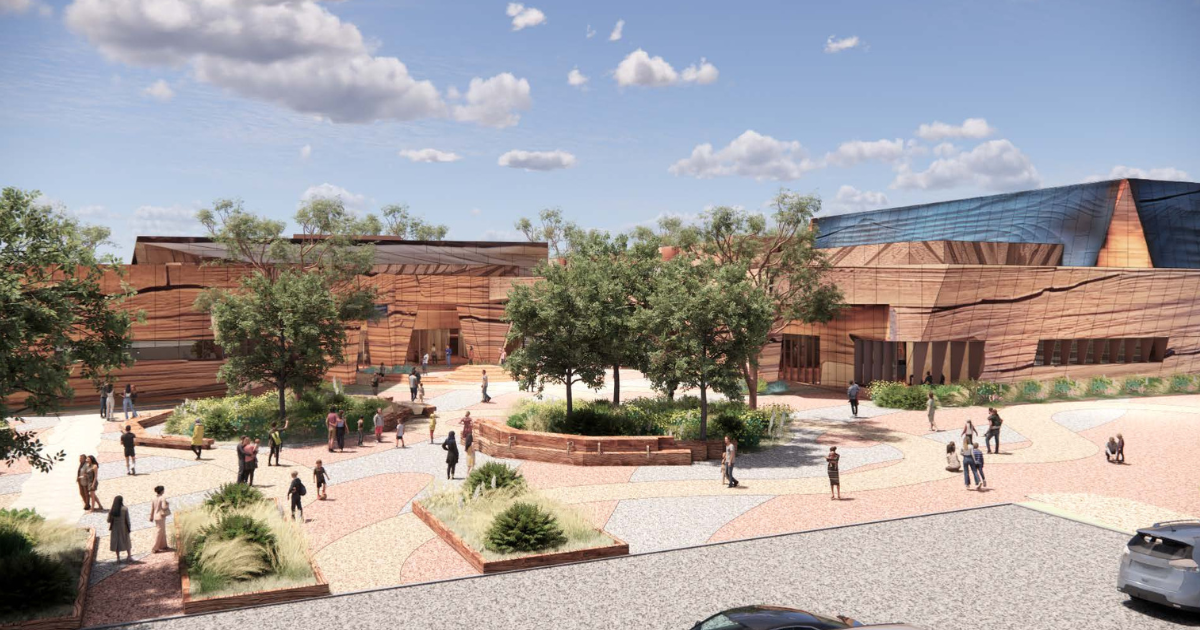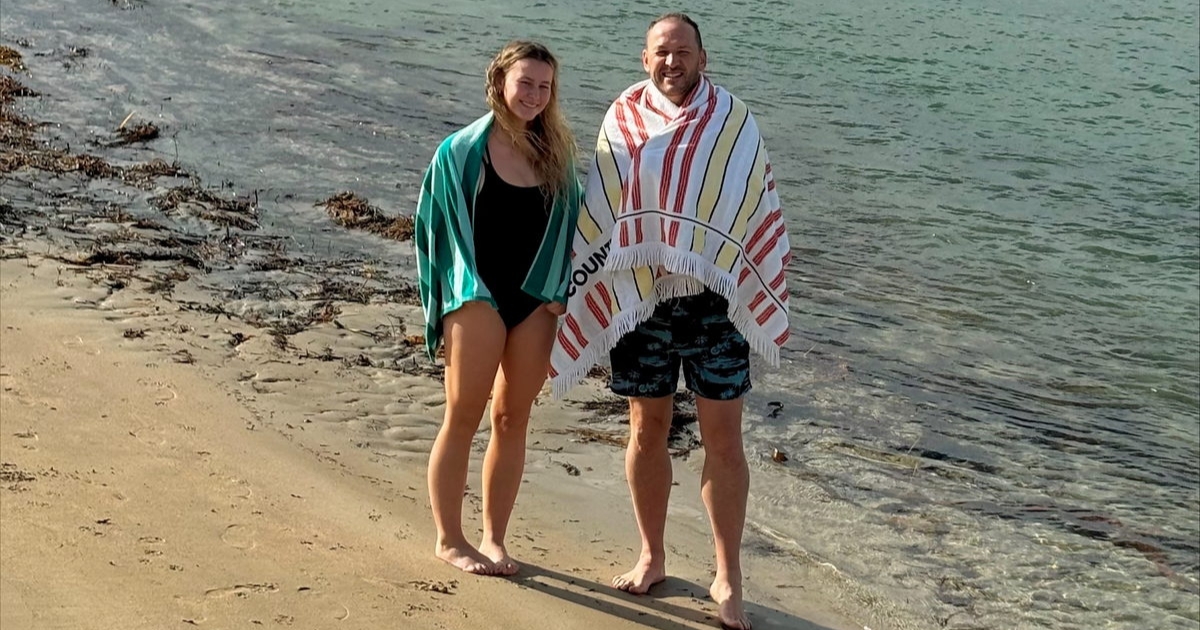Funding boost for local fisheries
THE federal government will invest almost $600,000 to restore the health and functionality of two local fisheries habitats.
As part of the government’s Fisheries Habitat Restoration Program, $299,000 has been committed to the Barwon Estuary Fish Habitat Restoration Project and $298,000 to the Corio Bay Fish Habitat Project.
Assistant minister for Forestry and Fisheries Jonno Duniam said the program acknowledged the importance of maintaining the nation’s fishing habitats.
“Australia’s waterways are some of the best in the world,” Mr Duniam said.
“This program will benefit Australia’s natural resource base and the broader community – especially our recreational fishers.”
Ocean Grove Angling Club president Gary Adams said Barwon Estuary is a popular fishing place among members, partially for its diverse range of species.
“A lot of guys fish in it. You get quite a variety of fish in there: marlin, whiting, salmon, snapper, it just depends on when you are there.”
Liberal Senator Sarah Henderson said different local groups would be engaged in the planning of the project to maximise its benefits.
“The Barwon Estuary Fish Habitat Rehabilitation Project will improve riverine and estuarine habitat for native fish, including angling species such as Estuary Perch, in the Barwon River between Buckley Falls and Lake Connewarre,” Senator Henderson said.
“This will be achieved through engaging with local anglers and Traditional Owners in planning and undertaking on-ground works such as instream habitat creation, riparian habitat restoration, weed management and rubbish removal as well as monitoring and evaluation activities.”
Senator Henderson said she was also confident the Corio Bay project would be transformative.
“The project will demonstrate rec fishers’ capacity to conduct fish habitat restoration through a community approach, targeting functionally extinct shellfish reef habitats in the Corio Bay area.”
The Barwon Heads Estuary and Corio Bay projects were two of 28 that shared in $8 million of grant funding.


















